The history of Latvia is not easy. Starting from the early 18th century, the areas inhabited by Latvians were gradually incorporated into the Russian Empire. Latvia declared its independence after the First World War in 1918, but in 1940 it was occupied by the USSR. Military presence and control by occupying forces lasted from 1940 to 1991 when Latvia regained its independence. Years of the Soviet occupation left deep and mostly ugly traces throughout Latvia and its capital city, Riga. If you want to learn about Riga's history during Soviet times check out my selection of sights, which include the Occupation Museum, the KGB building, the Dailes Theatre (pictured), the Academy of Sciences building and Purvciems district among others.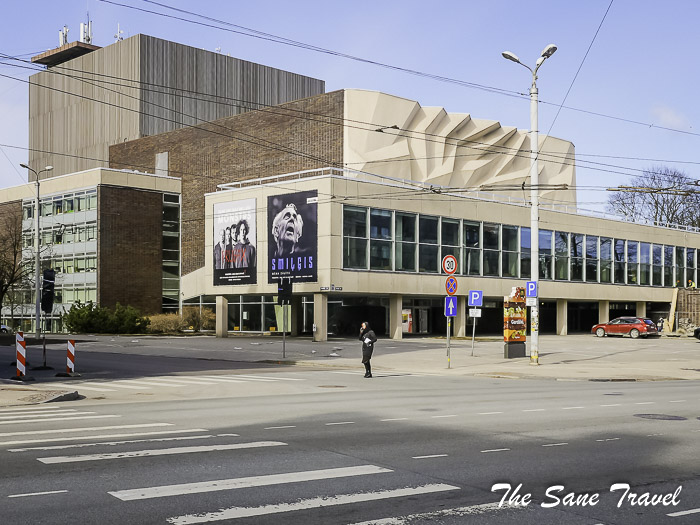
Occupation Museum
The Occupation Museum in Riga was established for the purposes of remembering and reminding what happened to Latvia and its people during the Soviet and German National Socialist regimes from 1940–1991. The museum commemorates those who were unjustly convicted and murdered, who died in foreign wars, those who suffered and died during the repressions and deportations, those who fled the occupation forces, and those scattered throughout the world. The original museum building was constructed as a museum for Latvian Red Riflemen and after Latvia restored its independence was converted to the Museum of the Occupation. Currently, the museum building is under reconstruction. A bright extension will be added to the old, black Latvian Red Riflemen Museum building. The most important element of the renovated building will be the new permanent exhibition. Until then visitors can see the temporary exhibition of the museum on Raina bulvaris 7.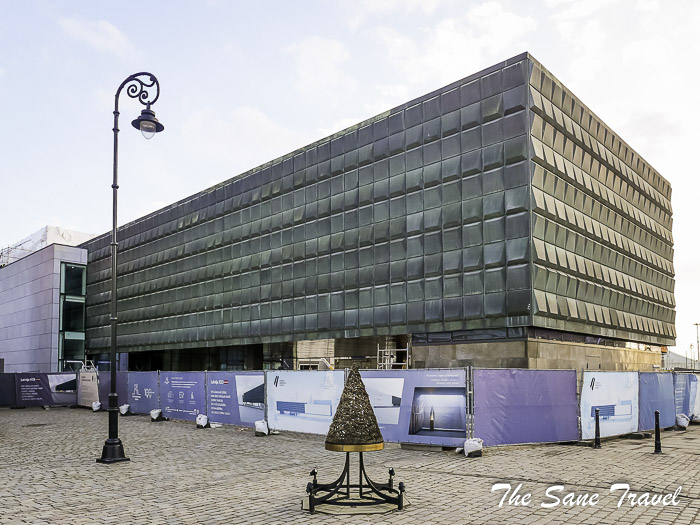
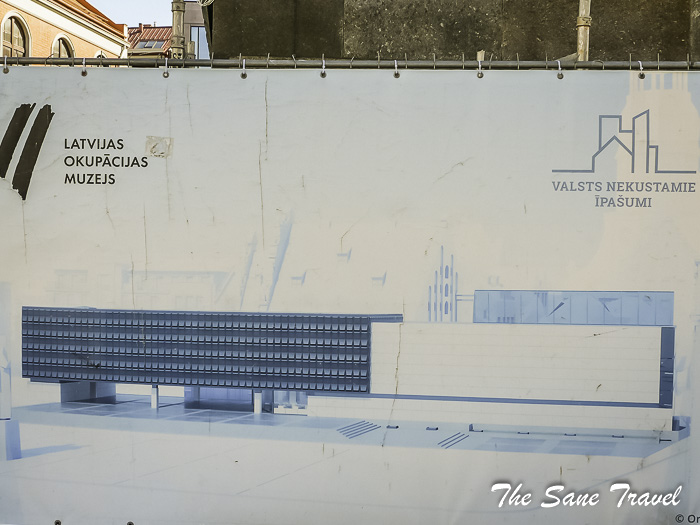
Address: Strelnieku laukums 1
The monument to Latvian riflemen
Next to the Occupation Museum building stands a controversial red granite statue that was originally dedicated to the Latvian Red Riflemen, some of whom became Lenin's personal bodyguards. The monument to Latvian riflemen 1915–1920 is located in the Latvian Riflemen's Square. It was erected in 1971 as a part of the Latvian Red Riflemen's Museum complex. The monument depicts three men with typical weapons and clothes of the era. It is 13 metres high. In 2000, the plaque on the foot of the monument was replaced with a different one that reads ‘’Latvian Riflemen 1915–1920’’. Therefore, it now honours all Latvian riflemen, both Whites and Reds. Still, many locals view the monument as a symbol of the old communist system and would love to tear it down. Others believe it is a necessary tribute to Latvians who fought in the early years of the First World War.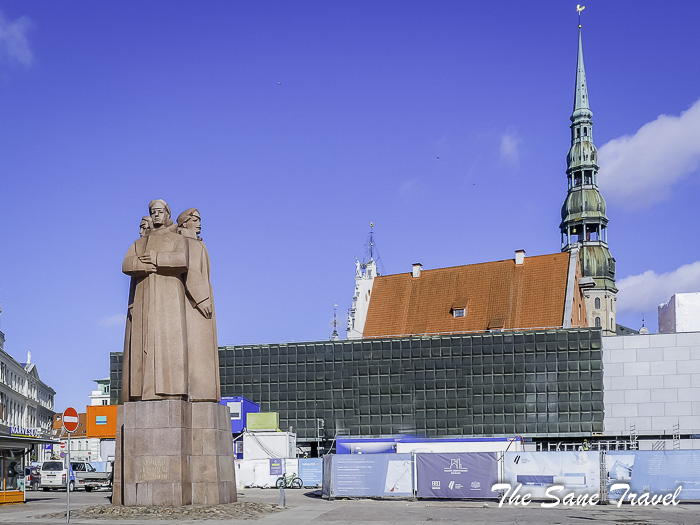
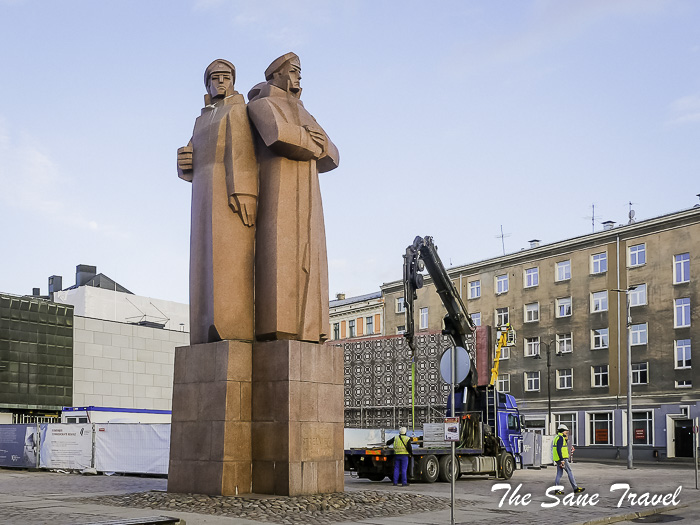
Address: Strelnieku laukums 1
Radisson Blu Latvija hotel
The first ideas for the construction of a new hotel in Riga appeared as early as the early 1960s. Over time, the project was redesigned and the height of the building reached 23 floors. Although there was resistance from some architects and residents about the demolition of the old buildings in the quarter of the planned high-rise building, this was not taken into account. Only the building at 4 Baznīcas Street was preserved. Designed by the architect Arturs Reinfelds, the construction of the high-rise building started in 1967 and finished at the end of 1978. Latvija Hotel was used for accommodating delegations of foreign and Soviet tourists in the variety of its 680 rooms and was managed by the USSR State Committee for Foreign Tourism. The building also housed a restaurant complex with 876 seats, souvenir and newspaper kiosks, a post office, a household services complex, as well as a currency exchange office of the National Bank. On the upper floors of Latvija Hotel, a KGB telephone tapping unit was installed. The hotel has been reconstructed several times. Currently, the 27-storey hotel with 24,000 m2 space is the biggest hotel in Riga operating under the name Radisson Blu Latvija Hotel. Try to visit Skyline bar on the top of the building offering excellent views of the city.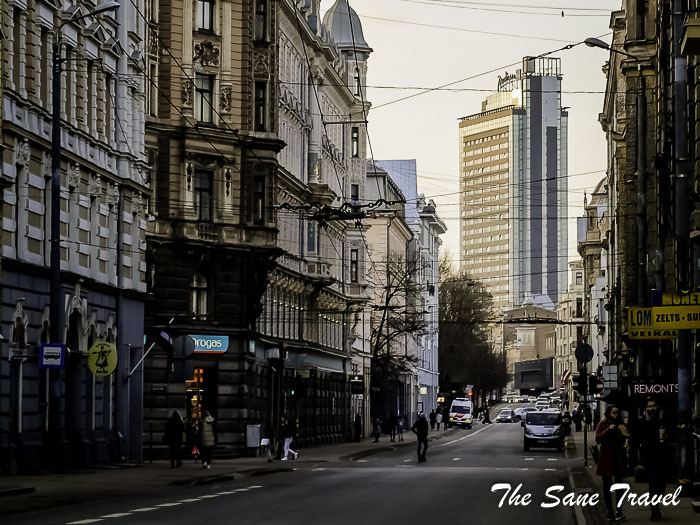
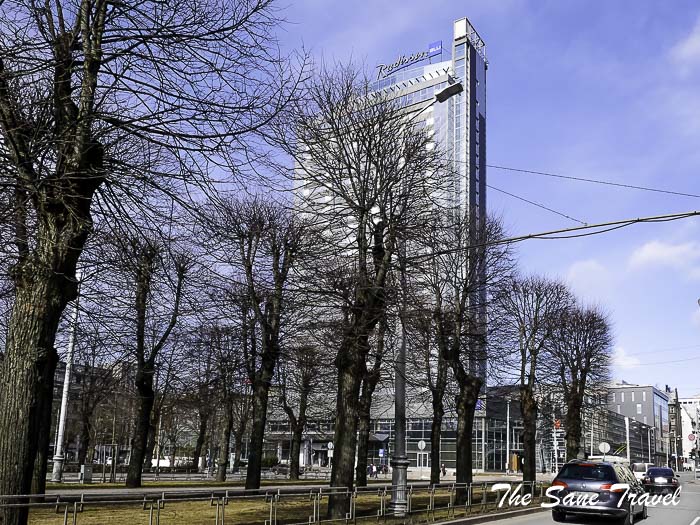
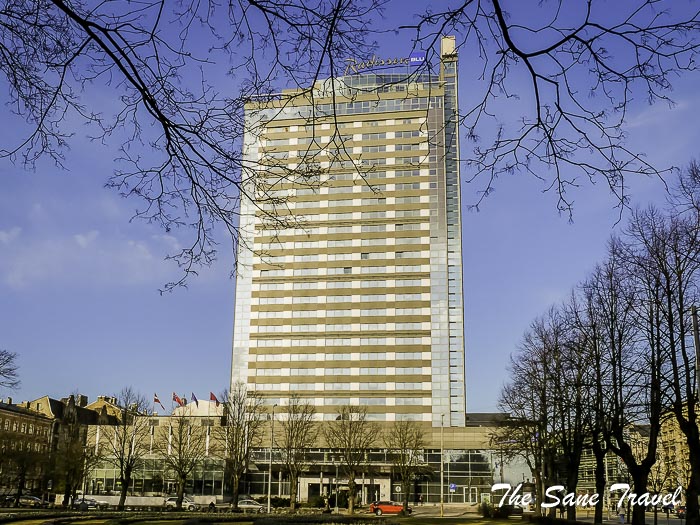
Address: Elizabetes iela 55
The KGB Building, also known as The Corner House
The house on Brivibas 61 was built in 1912 as an apartment building with shops. In Soviet times it housed the local headquarters of the USSR State Security Committee (KGB). The Soviet regime was supported by the Soviet political secret police, the so-called Cheka. It was founded in December 1917 as ‘’The All-Russian Special Commission’’ for combating counterrevolution and sabotage. It quickly established a large and oppressive apparatus that searched for and physically eliminated opponents and suspected opponents of the Bolshevik regime. The exhibition ‘’History of the KGB Operations’’ in Latvia is offering visitors to see the basement prison cells and learn the history of the KGB activities in Latvia during the Soviet occupation.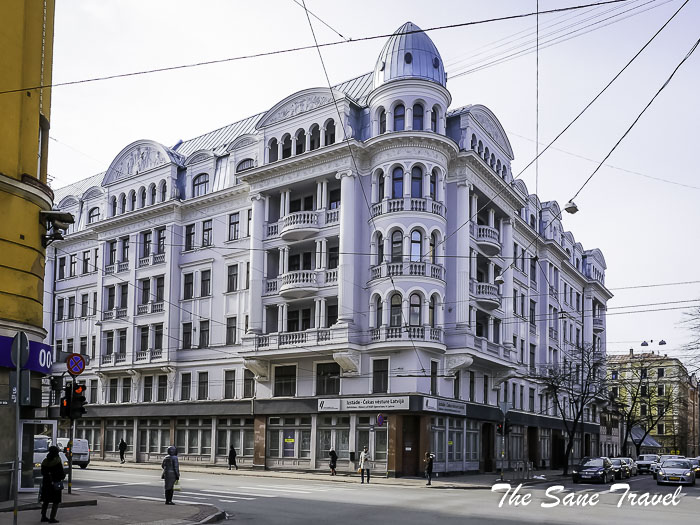
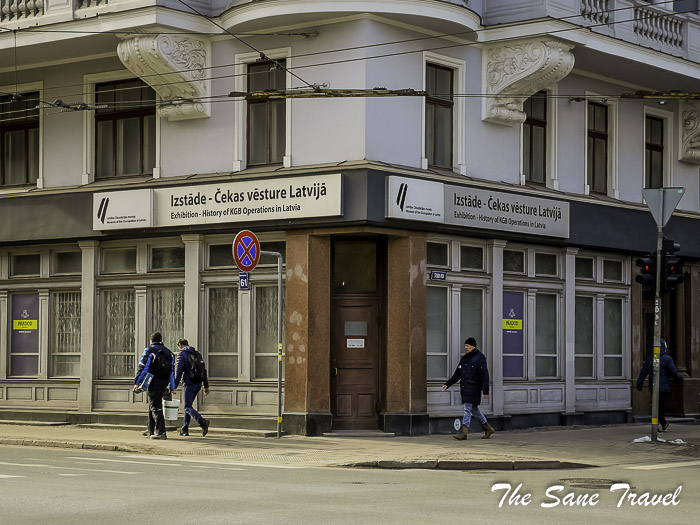
Address: Brivibas iela 61
Dailes Theatre building
The Dailes Theatre building is the most ambitious cultural structure of the 20th century in Latvia and a vivid example of Soviet modernism architecture. The theatre's founder and principal director, Eduards Smilgis (1886-1966) had a dream of a new and special theatre building. After the theatre's successful guest performances in Moscow, the Soviet regime provided funds for the construction of a new theatre building on the corner of Brivibas and Bruninieku Street. The building was designed by architect Marta Stana (1913–1972); its design is characterised as transparent and monumental. The theatre building was opened to the public in 1977. 
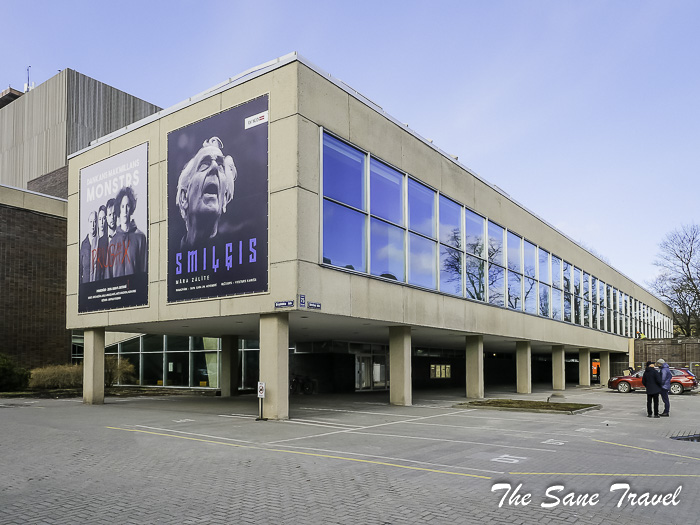 The theatre has three halls: the 1,000-seat Large Hall, the 200-seat Small Hall, and the 80-seat Chamber Hall.
The theatre has three halls: the 1,000-seat Large Hall, the 200-seat Small Hall, and the 80-seat Chamber Hall.
Address: Brivibas iela 75
VEF Palace of Culture
The massive building was erected in 1960 across the street from the famous VEF telecommunication factory. In 2017, the building was completely renovated and reconstructed, with most of its Soviet-era architectural details also preserved to maintain its authenticity.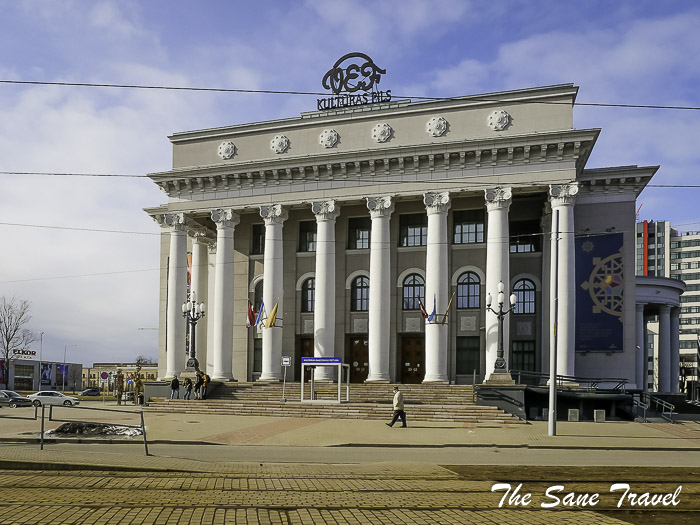
 The traditional grand hall offers more than 800 seats, while the chamber hall is suitable for 250 guests. The building’s main objective to this day is to host various choirs, ensembles, orchestras, dance and theatre troupes, art studios, etc.
The traditional grand hall offers more than 800 seats, while the chamber hall is suitable for 250 guests. The building’s main objective to this day is to host various choirs, ensembles, orchestras, dance and theatre troupes, art studios, etc.
Address: Ropazu iela 2
Purvciems district
After the Second World War, as a result of immigration from other parts of the USSR, the population of Riga was growing rapidly. The industrialisation policy pursued by the Soviets, initiated the creation of industrial complexes in the city and local labour resources were insufficient for such kind of development. The migration of the Soviet period affected the changes in the ethnic composition of Latvia creating a large Russian speaking community in the country. In 1945, there were just less than 230 thousand people living in Riga, in 1950 the population grew to 480,000, whereas 900 thousand people were living in the city in 1987. All these newcomers needed a place where to live and in a short amount of time many new and ugly districts were established in the outskirts of Riga. The biggest of them are Imanta, Zolitude, and Purvciems. Functionalism was the prime principle in the design of these buildings; their purpose was to provide affordable living space, nothing more. These districts consist of a series of identical buildings placed in geometric patterns. To this day, most city dwellers live in these districts, most of which have not been regenerated. Let’s have a brief look at one of them: Purvciems. A detailed development plan of Purvciems was made in the 1960s and the construction of a five-storey brick residential houses and public buildings started. Intensive construction of Purvciems continued in the 70s and 80s of the 20th century.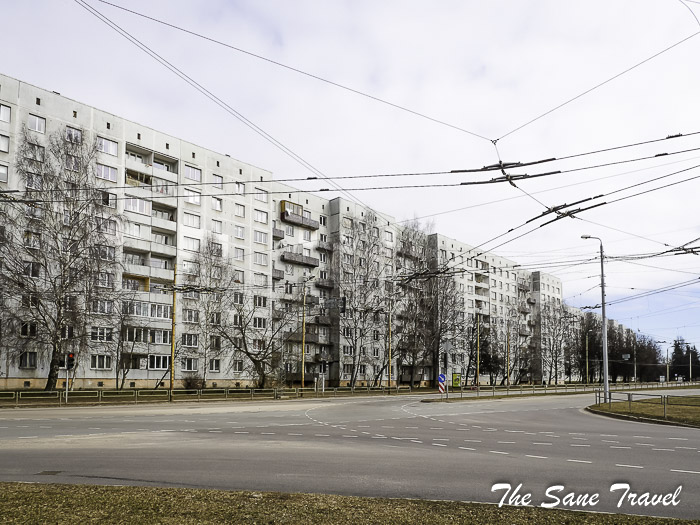
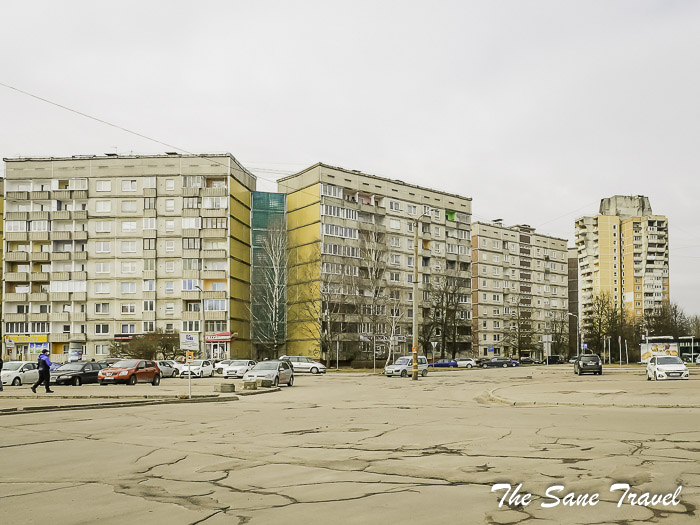
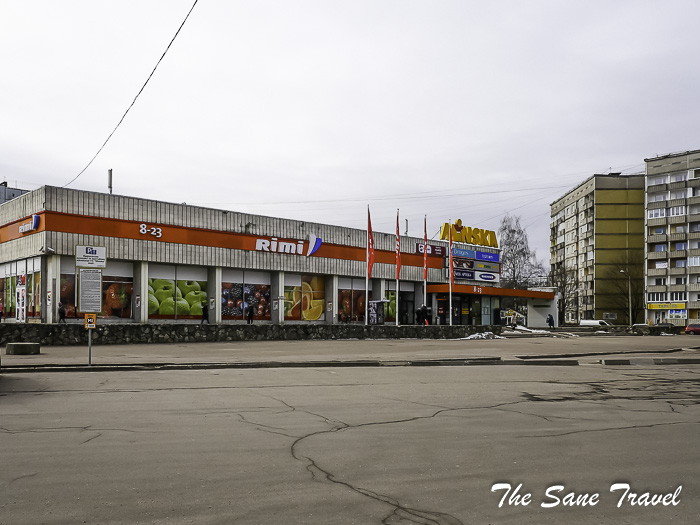 Shopping centre ‘’Minsk’’ and furniture store ‘’Mebelu Nams’’ were the pride of the Soviet era and were built to show concern about consumer needs. In reality, the shelves of those big shops often were empty.
Shopping centre ‘’Minsk’’ and furniture store ‘’Mebelu Nams’’ were the pride of the Soviet era and were built to show concern about consumer needs. In reality, the shelves of those big shops often were empty.
Address of Minsk shopping centre: Nicgales iela 2
Soviet car collection in Motor Museum
While preaching moderation, the leaders of the Soviet state and the Communist Party did not strive to practice it themselves, so their cars were always expensive and unique. In the Motor Museum you can view the automobiles driven by the highest Soviet Union officials from the 1930s-1970s. 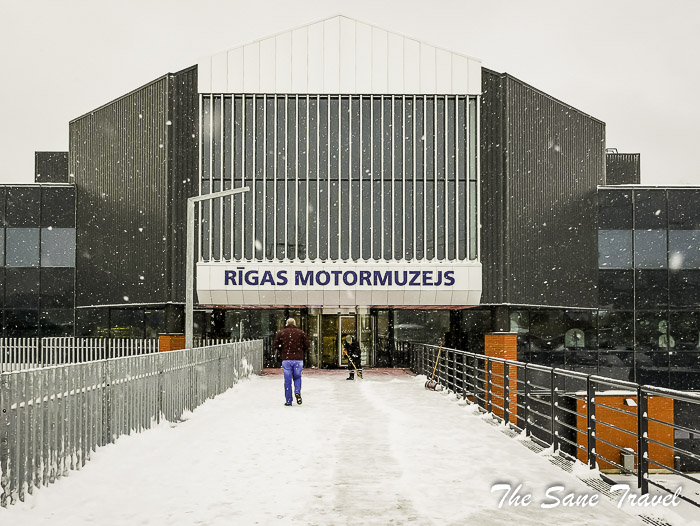
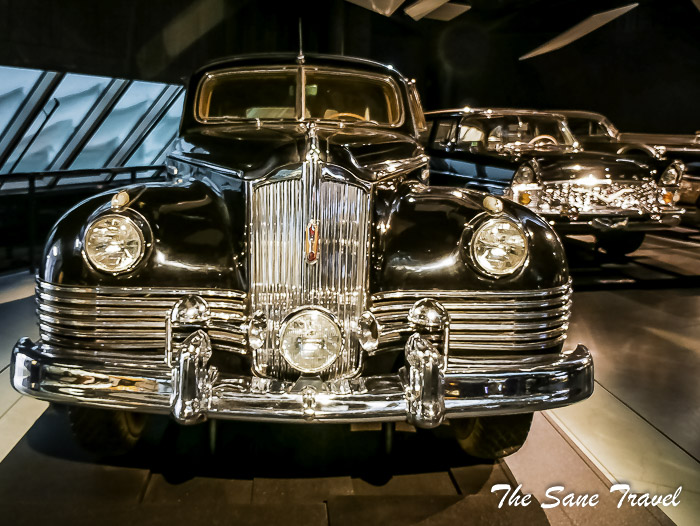
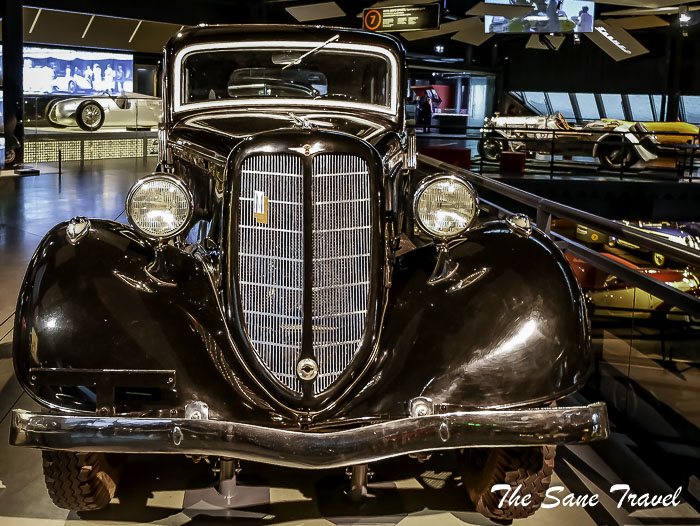 The Riga Motor Museum acquired a number of these even before the collapse of the USSR, and now they form a unique Kremlin cars collection. Luxury cars were willingly received as gifts from other country state officials. Thus, Leonid Brezhnev, the state leader acquired a collection of exclusive cars. One of his cars, the 1966 Rolls-Royce Silver Shadow is exhibited in the museum.
The Riga Motor Museum acquired a number of these even before the collapse of the USSR, and now they form a unique Kremlin cars collection. Luxury cars were willingly received as gifts from other country state officials. Thus, Leonid Brezhnev, the state leader acquired a collection of exclusive cars. One of his cars, the 1966 Rolls-Royce Silver Shadow is exhibited in the museum.
Address: Sergeja Eizensteina iela 8
Academy of Sciences building
Even if you are visiting Riga for the first time, it is possible that you have seen similar buildings before. Truly, this building, finished in 1961 after 10 years of construction work, is very similar to the so-called ‘’seven sisters’’ in Moscow—seven skyscrapers with which Stalin wished to present the Soviet capital as just as developed as capitalist Western cities. Similar buildings were also constructed in Warsaw, Bucharest, and Prague. The building was originally meant to become the Kolkhoz Workers’ Building or a hotel for collective farm workers who came to Riga, but after it was constructed it was handed over to the Latvian SSR Academy of Sciences. 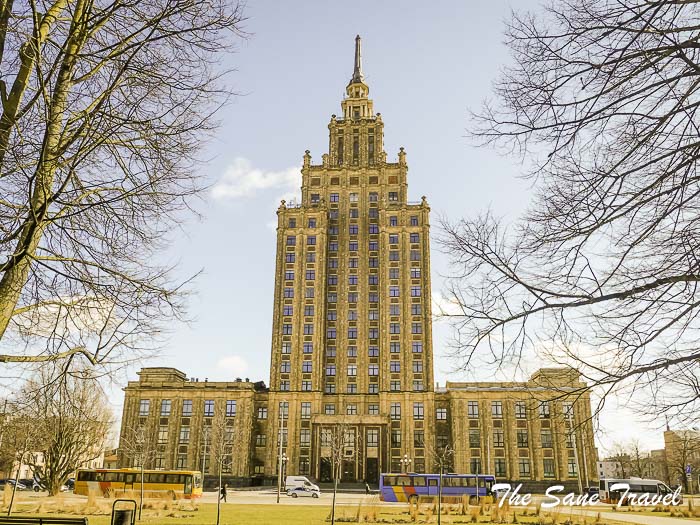 The building is preserved almost exactly as it was in 1961. If you look closer, you will see symbols of the Soviet era—a sickle and hammer on the walls of the central facade. There is a viewing platform on the 17th floor of the 21-floor building, from where visitors can enjoy stunning views of Riga. From the ‘’Panorama Riga’’ observation deck you can watch the most beautiful sunset or have a romantic date at the height of 65 metres.
The building is preserved almost exactly as it was in 1961. If you look closer, you will see symbols of the Soviet era—a sickle and hammer on the walls of the central facade. There is a viewing platform on the 17th floor of the 21-floor building, from where visitors can enjoy stunning views of Riga. From the ‘’Panorama Riga’’ observation deck you can watch the most beautiful sunset or have a romantic date at the height of 65 metres.
Address: Akademijas iela 1
TV Tower
Riga Television Tower, located on Zakusala Island, is the highest TV tower in the European Union. Built in the 1980s, it is 368.5 metres high. It is 3 metres higher than the famous Berlin TV tower and 47 metres higher than the Eiffel Tower in Paris. The basement of the tower is 27 metres deep. Riga’s extreme temperature variations (up to 65 degrees Celsius range) can move the tip of the tower by 2.4 metres! Currently, the tower is under renovation. It will become the centre of science and innovations in the telecommunications industry. Also, the restaurant and viewing platform will be renovated. Hopefully, it will be opened to visitors again in 2025.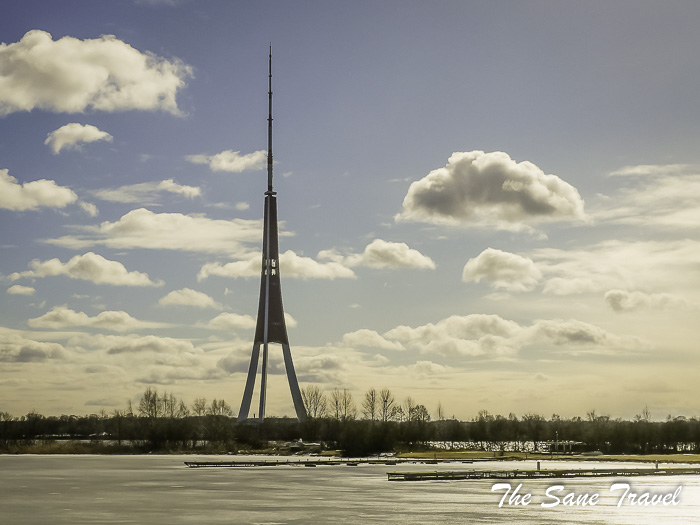
Address: Zakusalas krastmala 1
Vansu Bridge
The Vansu Bridge in Riga is a cable-stayed bridge crossing the Daugava River. Its name literally means cable-stayed bridge and is also translated as Shroud Bridge. With a length of 595 metres, it is one of five bridges crossing the Daugava in Riga and passes over Kipsala Island. It was built during Soviet times and opened in 1981 as the Gorky Bridge after Maxim Gorky Street, today Krisjana Valdemara Street, which extends across the river.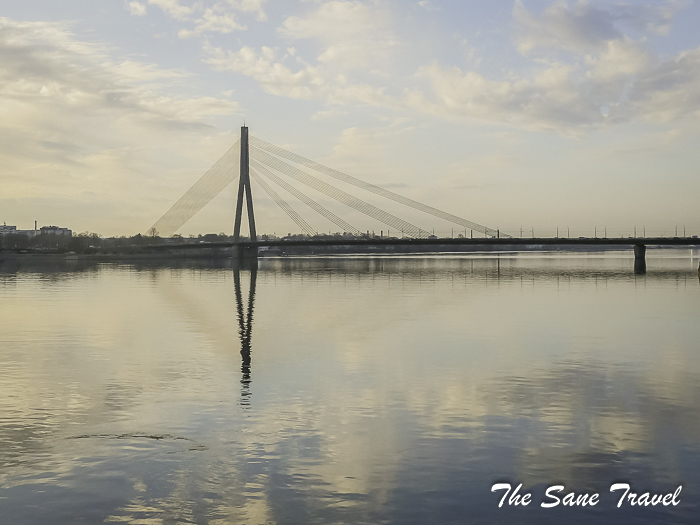
Soviet Victory Monument
The Soviet Victory Monument in Riga is a huge structure situated on the Pardaugava side of the River Daugava. Constructed in 1985, it symbolises the victory over Nazism. The large column of 5 stars stands 79 metres tall and is surrounded by a group of sculptures, 3 soldiers and a lone female. 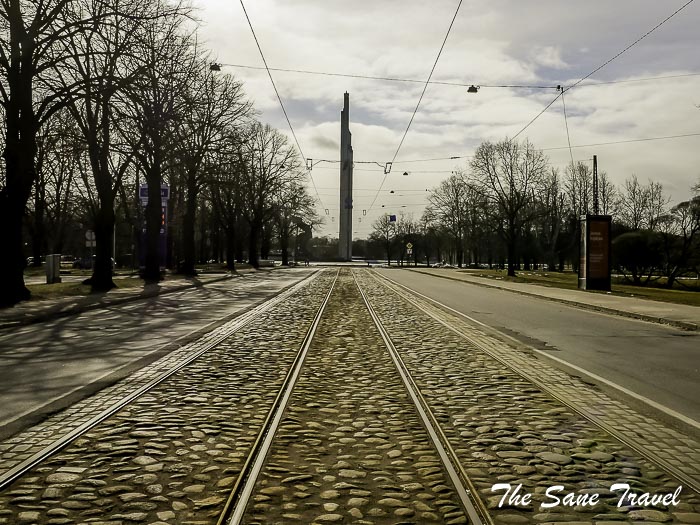
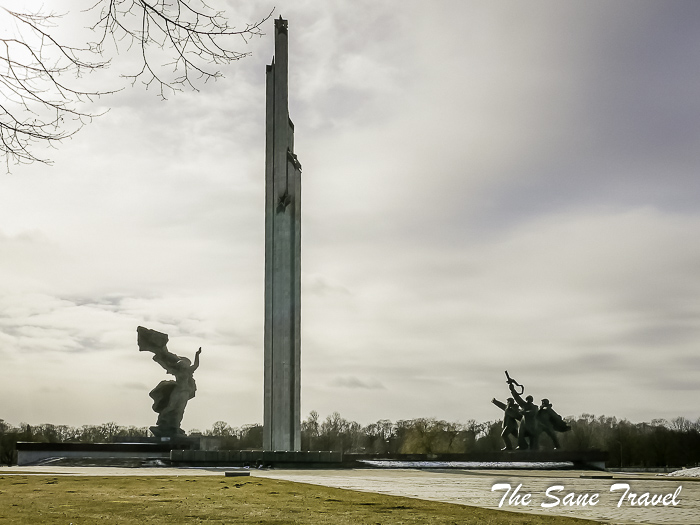
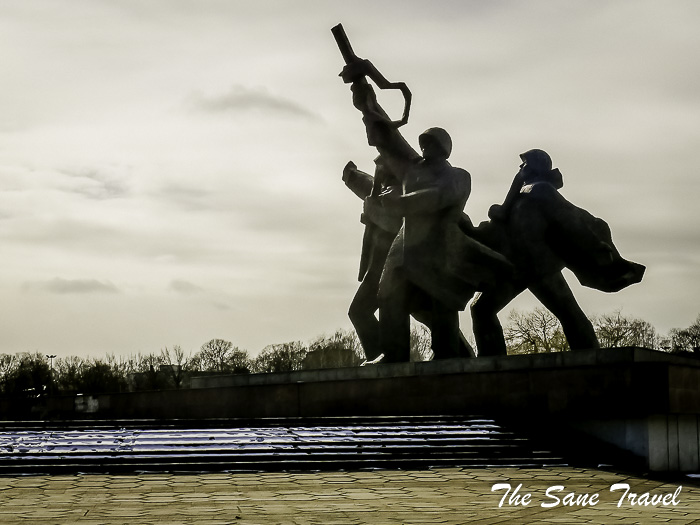 Note the dates on the monument that read 1941–1945. These dates represent the years of conflict, often called the Great Patriotic War. The 5 stars that crown the columns symbolise the years of fighting. Every year on the 9th of May, Soviet veterans and their supporters gather at the Victory Monument. This day is, for many, a day of remembrance. However, for many others, it is a reminder of the Soviet occupation of Latvia, which lasted until 1991. Therefore, the Victory Monument is holding a controversial place in people’s minds.
Note the dates on the monument that read 1941–1945. These dates represent the years of conflict, often called the Great Patriotic War. The 5 stars that crown the columns symbolise the years of fighting. Every year on the 9th of May, Soviet veterans and their supporters gather at the Victory Monument. This day is, for many, a day of remembrance. However, for many others, it is a reminder of the Soviet occupation of Latvia, which lasted until 1991. Therefore, the Victory Monument is holding a controversial place in people’s minds.
Update: This controversial Soviet-era monument in the Latvian capital was brought down in August 2022.
Address: Uzvaras parks
Victims of Communist Terror Memorial at Tornakalns Station
During the Soviet occupation of Latvia, tens of thousands of men, women and children were ripped from their homes and sent to Siberia as slave labour. The most infamous dates for deportation are June 14, 1941, and March 25, 1949, when roughly 15,000 and 42,000 people, respectively, were abducted in the middle of the night. They were driven to train stations and were crammed into cattle cars for the long trip to destinations unknown. Few ever returned. A monument has been erected in memory of these people at the station from which many began their horrible journey. It is located near a memorial stone ‘’1941’’ and a historic railway car. The first stage of the monument was unveiled on June 14, 2001, by President Vaira Vike-Freiberga. The monument personifies three generations who became victims of repression. Now the group of five sculptures is supplemented with lying stones, with the names of the places of deportation engraved (Vorkuta, Omsk, Vyatlag, Karaganda, etc.).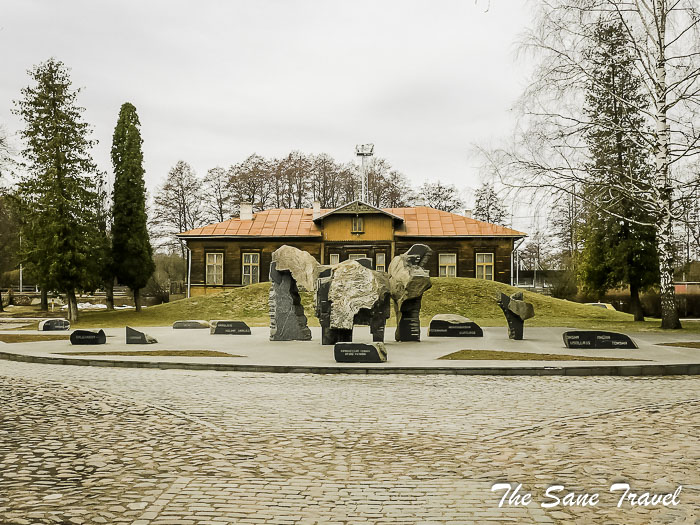
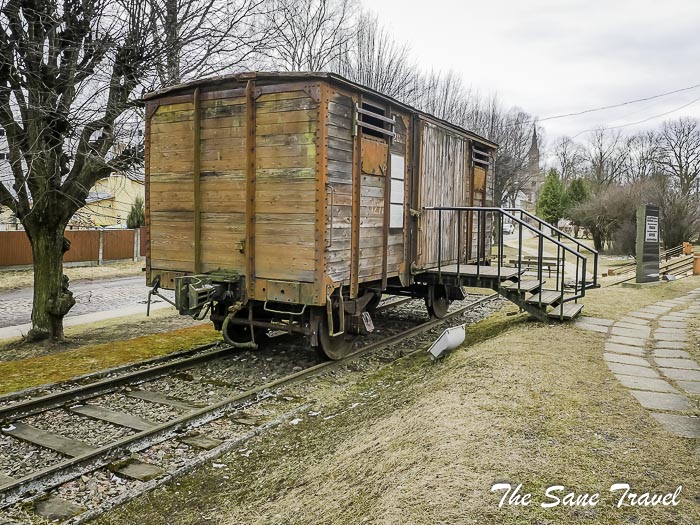
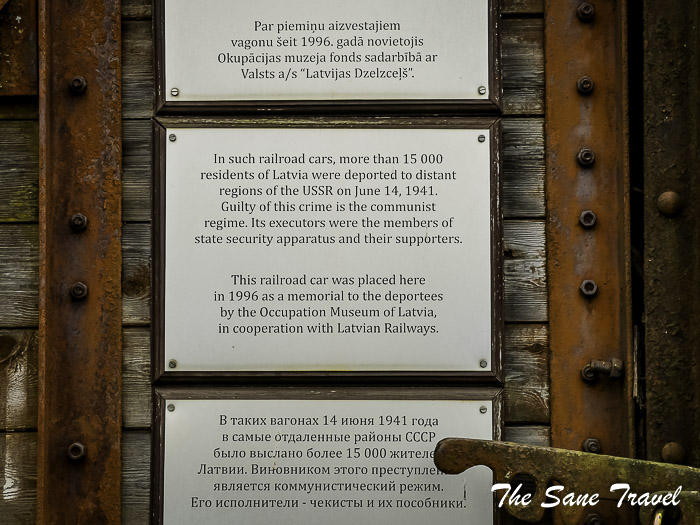
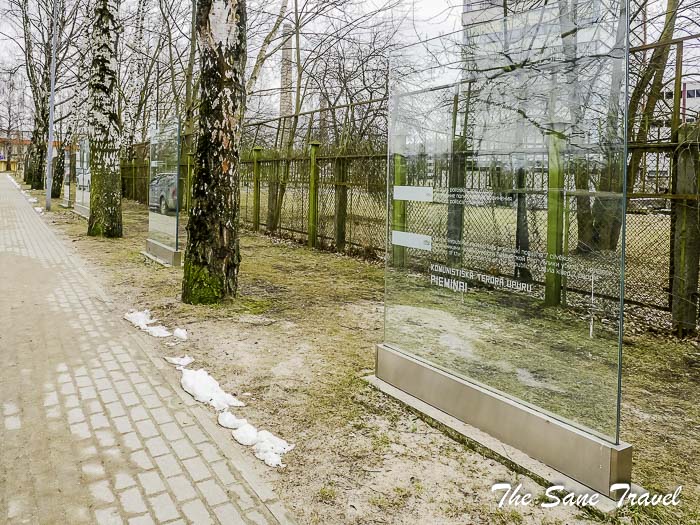 On Vilkaines Street leading to the railway station, there are glass panels forming a memorial wall, with information about the number of deportees and places of deportations, camps and prisons in the territory of the former USSR.
On Vilkaines Street leading to the railway station, there are glass panels forming a memorial wall, with information about the number of deportees and places of deportations, camps and prisons in the territory of the former USSR.
Address: Vilkaines iela at Tornakalns station
Want to see more of Riga? Check free things to do in Riga and learn about the Kipsala neighbourhood
Like it? Pin it!
What did you think? Have you visited Riga? I’d love to hear from you so please add your comments below.
Author: Anita Sāne

About the author
Anita is a part-time traveller, passionate photographer and a retired career woman from Latvia, travelling mostly solo for more than 15 years. She is a skilled travel planner who plans and executes her travels by herself. Anita wants to show you how to travel the world and open your mind to new experiences. Follow her on Facebook, Instagram, Pinterest, Twitter and Bloglovin.

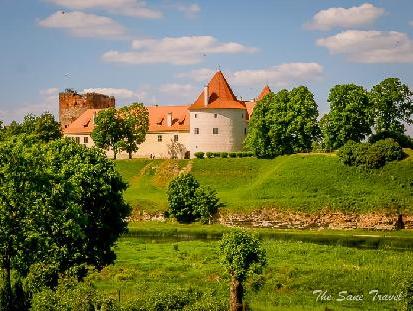
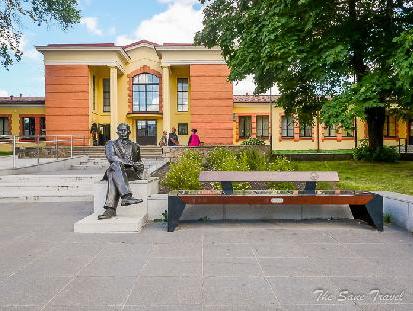
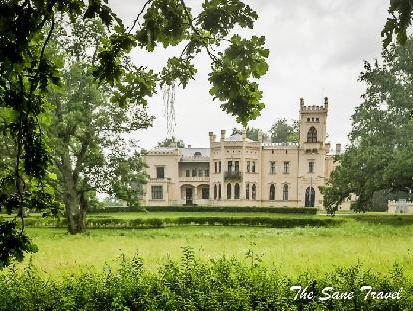
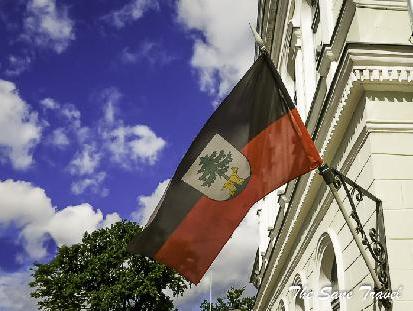
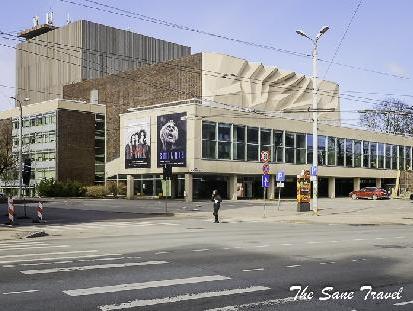
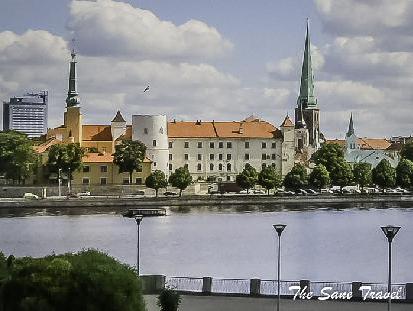
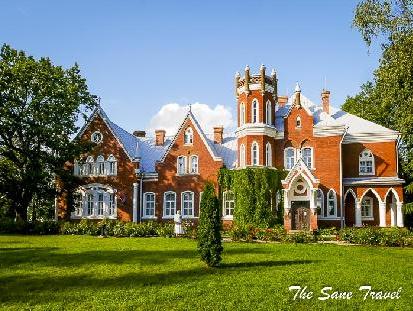
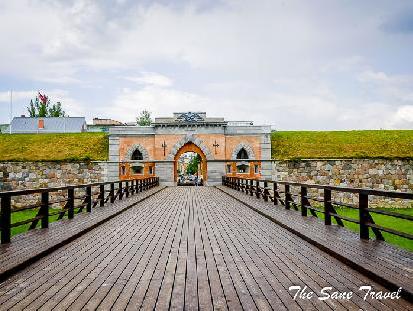
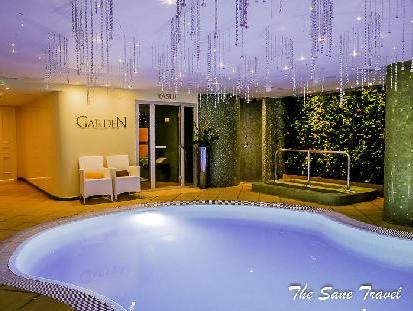
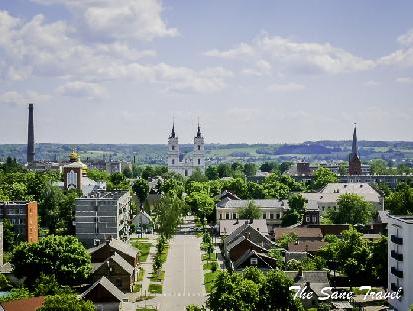
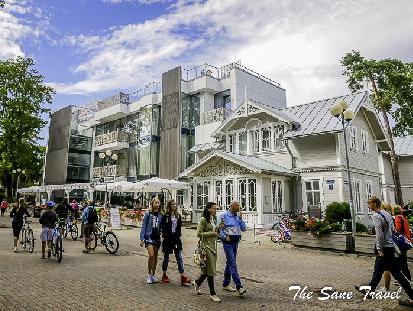
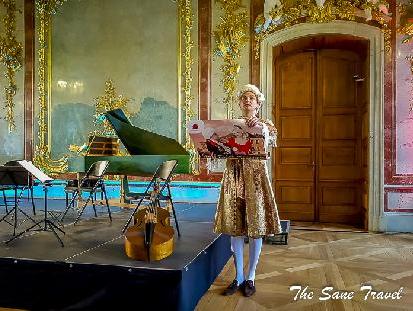
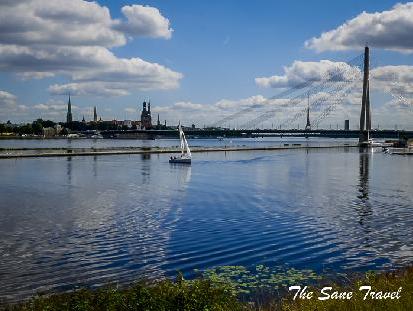
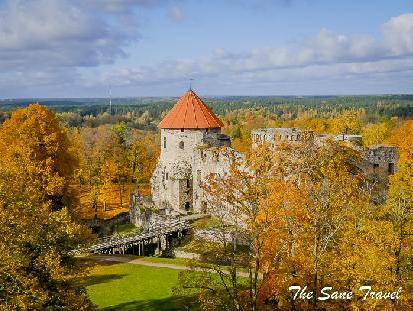
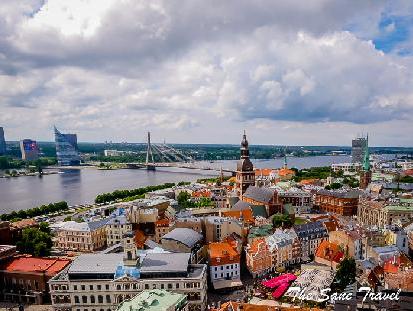
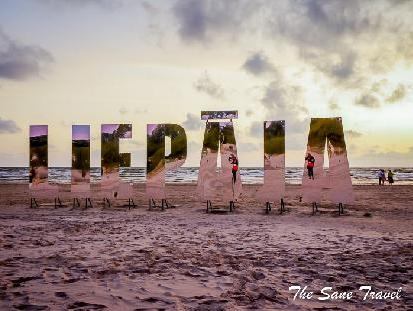
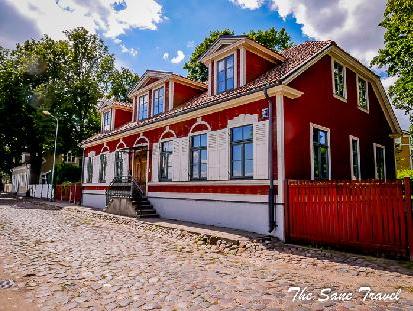
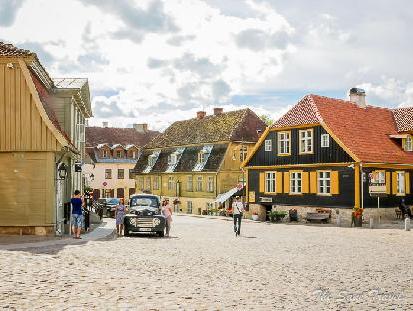
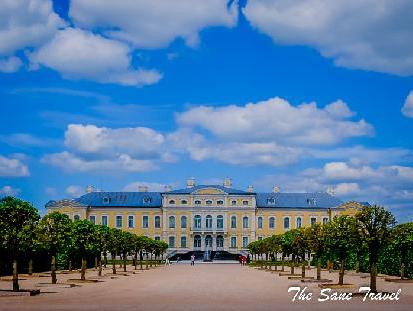
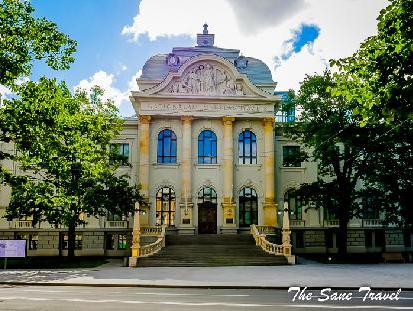
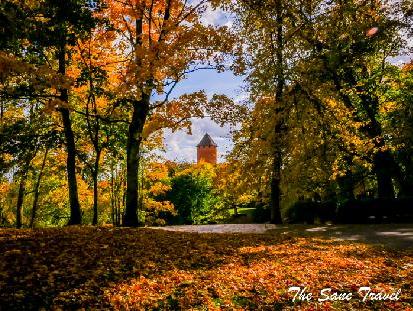
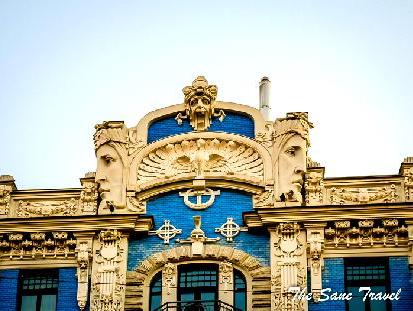
Report
My comments